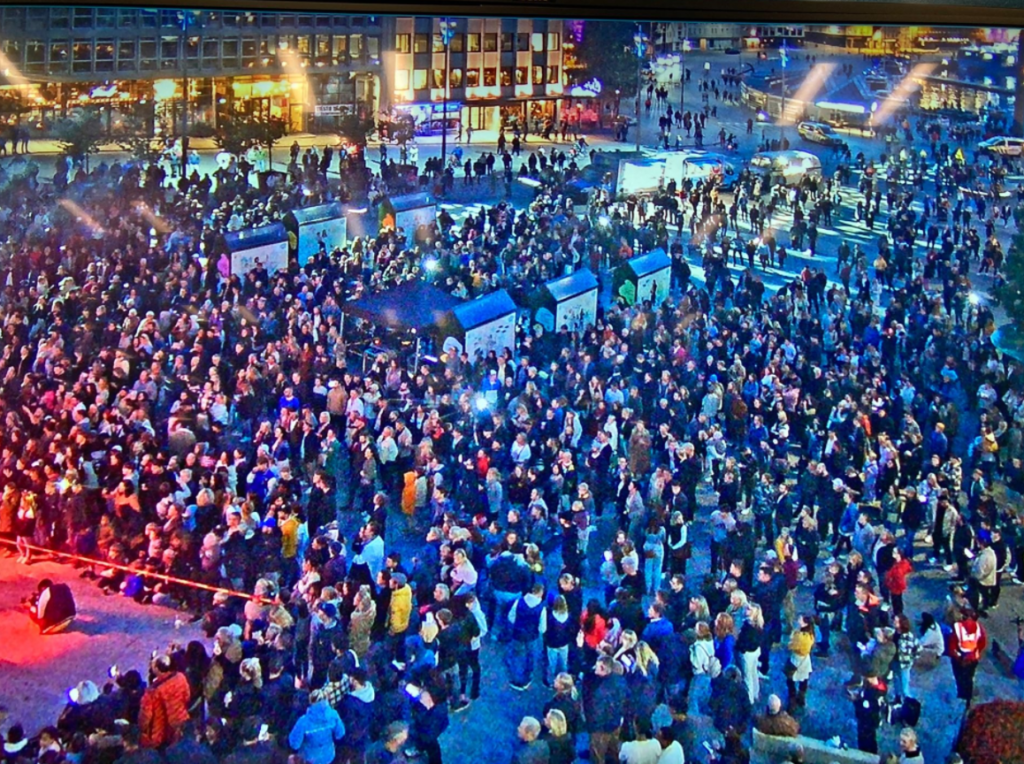The Weekly Reflektion 40/2021
The oil and gas industry is often criticised for its failure to identify risks. The removal of COVID-19 restrictions in Norway gave an interesting insight into the risk perception of the general public in Norway.

Is it safe because other people say it’s safe?
The oil and gas industry is often criticised for lack of effective risk identification processes in the wake of an incident, often correctly, including by Reflekt in our weekly Reflektions. On Saturday 25th September 2021, the Norwegian authorities announced re-opening of the country, and removal of most of the restrictions that had been in place since March 2020 as a result of the COVID-19 pandemic. The justification for this step was not that there are no infections, or that we are all vaccinated, but that the risk is at a level where the authorities cannot justify the extraordinary measures, they had established to control the behaviour of the public. These powers were used, usually effectively, to control the infection levels in the country, limit hospitalisation and ensure the medical resources could cope with the situation. The number of people that died in the COVID-19 period is at present 850 and is significantly less than other comparable countries.
There are still ca. 600,000 people (of 5,5 million) who are not vaccinated in Norway, in addition to those who are on medication and cannot be vaccinated, and those who have not built up the necessary levels of anti-bodies even after vaccination. There are still many viruses and bacteria that can cause infections and even death that will be spread by close physical contact.
It appears that some the Norwegian population have total faith in their politicians, as the removal of restrictions led immediately, at 1600 hrs on Saturday, to a no-holds-barred party, with bars, clubs, town squares suddenly filled with alcohol-drinking masses, encouraged by local authorities holding fireworks displays to celebrate. Members of the government were falling into each other’s arms to emphasize that it is safe with close physical contact. That many should consider the government’s removal of restrictions, to be the starting gun to ignore the residual risk of COVID-19, to gather in crowds with unknown people, with unknown infection risks reveals a lot about risk perception of the general public.
11% of the people out that night were unvaccinated, probably more given the average age of the people out in town. The chance of getting infected was relatively high, and mortality as a result of infection, as witnessed around the world, is still significant. Despite this, many seem to consider a night out on town worth this risk.
A pre-job meeting to discuss the risk of the activity for that evening may have revealed a risk level that, if considered in the cold light of day, was probably unacceptable. It was considered OK because it was what people wanted to hear, and somebody in authority has said it’s OK. When you are in your teens and twenties, there is a tendency to consider yourself immortal.
A new wave of infections after Saturday night may result in some people being infected, admitted to hospital, being put on a respirator, or even dying. Are we rational at identifying risk, and putting mitigating actions in place?
